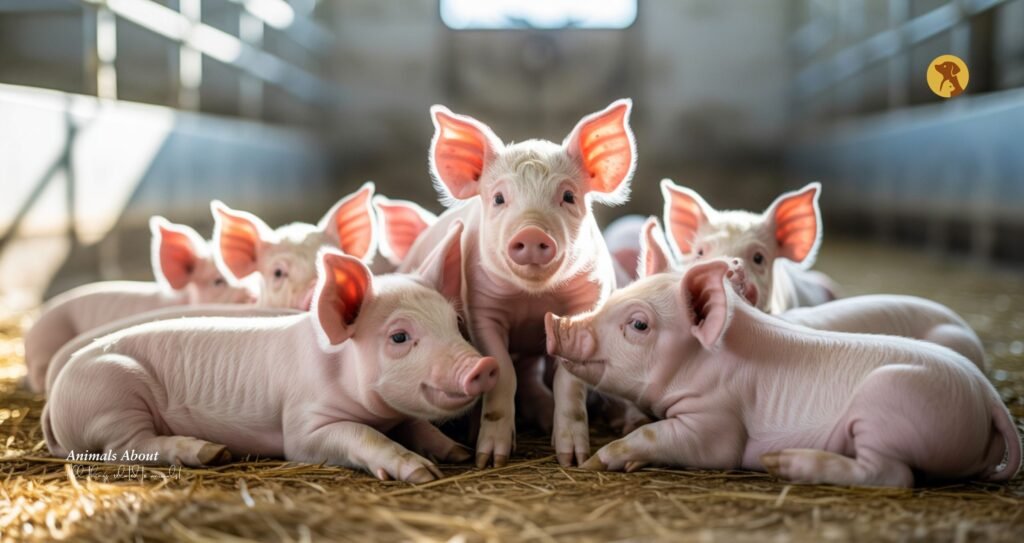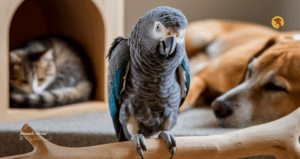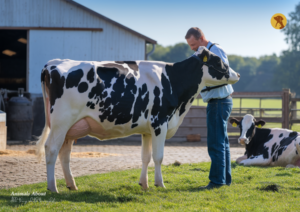Why Heat Stress in Pigs Is a Serious Concern
Summer heat can be brutal—not just for people, but for pigs too. Unlike many animals, pigs have very limited ability to cool down on their own. They don’t sweat like humans, so they depend on their environment and your care to regulate their body temperature. Without help, pigs can suffer from heatstroke in farm animals, which may result in severe health issues or even death. Understanding how to offer Pig Heat Stress Help is essential for anyone who owns or works with pigs. Whether you’re raising pigs on a farm or caring for them as pets, being prepared for hot weather is critical. Caring for pigs in hot weather isn’t just a chore—it’s a responsibility. If you’re exploring livestock options or just getting started with farm animals, check out our guide to the Best Farm Animals to Raise — pigs are a great choice, but they require special summer care.
Early Warning Signs: Pig Heat Stress Symptoms to Watch For Pig Heat Stress Help
Before things get out of hand, pigs show signs that they’re struggling with the heat. Recognizing the heat stress symptoms in pigs is your first line of defense. Don’t ignore these red flags:
- Rapid or heavy panting
- Drooling or foaming at the mouth
- Unusual vocalizations
- Weakness or unsteadiness
- Skin turning reddish or blotchy
- Lying down and not wanting to move
Pigs suffering from pig panting and lethargy should never be left alone. Act fast to reverse the effects. Immediate care can mean the difference between recovery and tragedy.
Why Summer Pig Hydration Is Crucial for Preventing Heat Stress
When you see signs of overheating, start cooling down an overheated pig immediately. Move the pig to a shaded, well-ventilated area right away. If shade isn’t available, create one using tarps, umbrellas, or shade cloth.
Then take these steps:
- Lightly spray the pig with cool (not cold) water
- Place wet towels behind the ears, along the belly, and over the back
- Use fans to increase airflow around the animal
- Offer cool, clean water with pig electrolyte supplements
- Keep the pig calm and under observation
These methods of Pig Heat Stress Help stress treatment can quickly bring the animal back from the brink. Never use ice water—it can cause shock. Consistency and care are key to saving the pig’s life.
Why Pig Hydration in Summer Is Non-Negotiable
Water is life—especially during the summer. Pig hydration in summer isn’t just about offering water, it’s about ensuring pigs drink enough and stay hydrated throughout the day. Dehydration speeds up the effects of heat stress.
Follow these hydration tips:
- Place water troughs in shaded areas
- Clean water containers daily to keep them fresh
- Add ice cubes or frozen water bottles to keep water cool
- Use flavor enhancers or electrolytes to encourage drinking
- Provide extra water sources when pigs are housed together
Pigs should never have to search for water. Keeping hydration easy and accessible helps reduce heat stress in pigs and supports better health overall.
Top Cooling Methods for Pig Heat Stress Relief That Actually Work
Every pig owner should be familiar with effective cooling methods for pigs. These are not luxury options—they’re survival strategies. Here’s what works best:
- Wallowing Areas: Let pigs play in mud or shallow water to cool their skin. Mud also protects against sunburn.
- Misting Systems: Fine water mist can lower air temperature. Keep systems above pens to avoid wet bedding.
- Fans and Ventilation: Install fans or open barn sides to encourage airflow. Good ventilation for pig barns prevents heat buildup.
- Frozen Treats: Freeze fruits like watermelon or pumpkin in water. Pigs love licking and chewing these on hot days.
Implementing several methods together creates a comfortable and safe environment. Don’t rely on just one approach.
Provide Pig Heat Stress Help with Reliable Shade and Shelter
Sun exposure is a major risk factor for overheating. Without proper shade and shelter for pigs, their internal temperature can skyrocket. The sun doesn’t just warm the air—it heats the ground too, and pigs often lie down to rest.
Offer these solutions:
- Use shade cloth or tree canopies
- Build roofed shelters with open sides for airflow
- Rotate pigs to shaded pens during peak sun hours
- Lay down rubber mats or wood chips to reduce ground heat
Simple steps like these help immensely in preventing pig fatalities from heat.
Pig Temperature Regulation: Know the Safe Range
A pig’s normal body temperature ranges from 101.5°F to 103.5°F. If the temperature climbs over 104°F, your pig may be in danger. Over 106°F can lead to collapse or death. Always keep a digital rectal thermometer handy.
Monitor pigs twice daily in summer—especially during heatwaves. Routine checks save lives and are a part of responsible pig temperature regulation.
How to Prevent Heat Stroke in Pigs Before It Starts
Prevention is the best cure. If you’re asking how to prevent heat stroke in pigs, the answer lies in your daily routines. With a few proactive changes, you can keep your pigs safe and healthy through the hottest months.
Try these prevention strategies:
- Feed pigs during early morning or late evening
- Avoid overfeeding during extreme heat
- Adjust barn hours and cleaning during cooler times
- Install shade structures before summer arrives
- Keep bedding dry and replace it often
Also, avoid transportation during midday heat. Travel can intensify stress and lead to rapid overheating.
Summer Pig Care Tips You Shouldn’t Ignore
Every summer brings its own set of challenges. Stay ready with practical summer pig care tips that keep your pigs happy and healthy.
- Rotate pens to avoid overused, sun-soaked areas
- Introduce kiddie pools or mud patches for pigs to cool off
- Offer low-fat, high-moisture treats during peak heat
- Educate farm staff or family members on signs of heat stress
- Use tech like barn temperature sensors for early alerts
These tips are lifesavers for pigs and peace of mind for you.
When to Seek Veterinary Help
If your pig stops responding to cooling or remains lethargic after treatment, seek professional help. Emergency care for heat-stressed pigs may require intravenous fluids, medications, or hospitalization.
Veterinarians can also guide you on long-term heat stress management. Schedule check ups before summer begins to catch health issues early.
Disclaimer: This article is for educational purposes only. Always consult a licensed veterinarian for professional advice. Visit animalsabout.org for more trusted animal care information.







